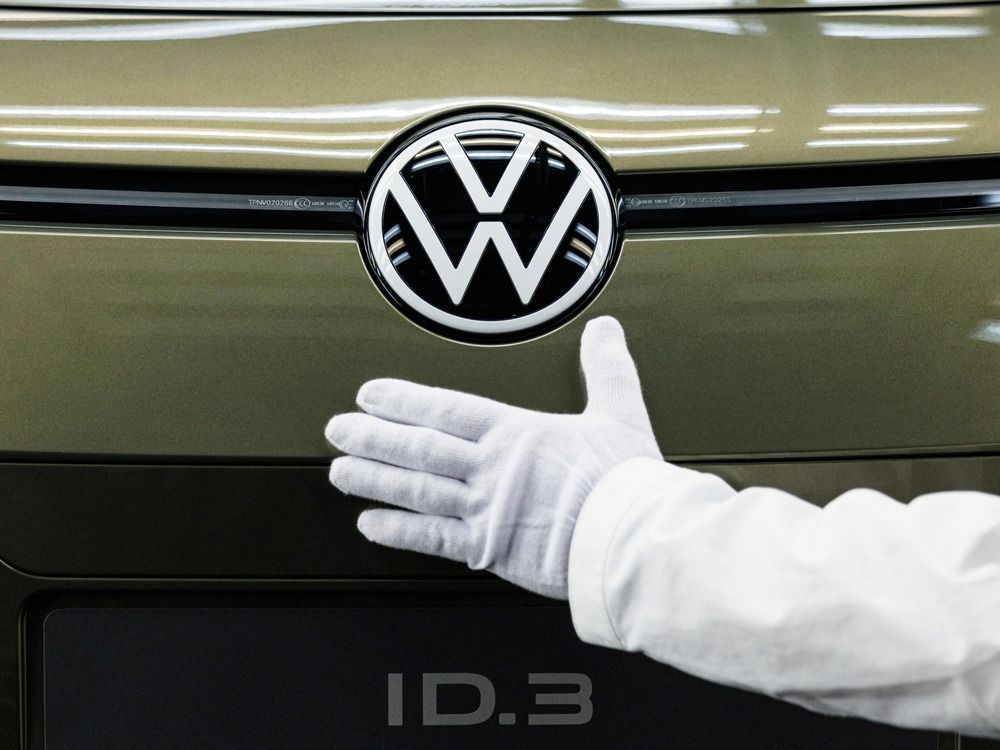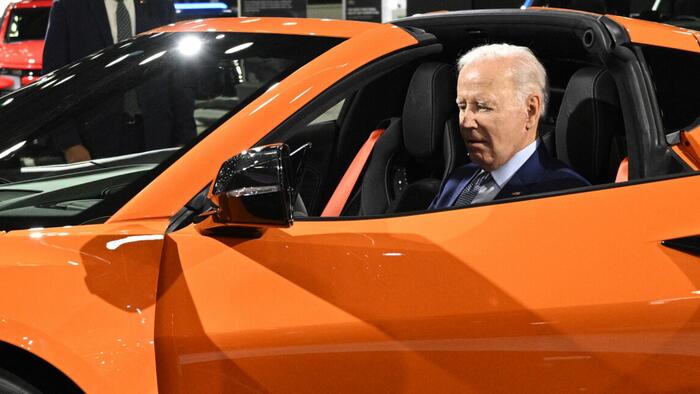Electric vehicles are not 10 times the cost of gas cars.
And of course there is the $7500 tax criti to consider, and the long term costs-
For U.S. car buyers looking to save money, knowing whether an electric vehicle will be worth it isn’t always obvious.
On one hand, EVs are usually more expensive compared with similar internal combustion engine (ICE) vehicles. On the other hand, EVs have cheaper annual fuel and maintenance costs that can make up for the higher sticker price over time.
Plus, EV owners might qualify for a $7,500 federal tax credit, which can negate the price difference between EVs and similar ICE vehicles (your state might have credits, too). However, without tax credits, EV owners might have to wait years before the annual cost savings make EV ownership a comparative bargain.
Tesla Model Y v. Audi Q5 Premium
The electric Tesla Model Y and and gas-powered Audi Q5 Premium, both with the lowest level of trim, are similar compact luxury SUVs, with 2023 base pricing at $51,380 and $45,795, respectively, according to car review website Edmunds.
Model Ys are eligible for a federal EV tax credit worth $7,500, at least until Dec. 31, 2023. But that’s undercut by the cost and installation of a Level 2 charger, which can cost thousands of dollars. Expect to pay around $2,000 as a “reasonable ballpark figure,” according to Kelley Blue Book.
After credits and other costs, the upfront price of Tesla’s Model Y is only about $100 more than the Audi Q5.
So, electric cars are just a little more expensive up front in this example-
But here, at the bottom end-
Nissan Leaf v. Nissan Sentra
Both the EV Leaf and ICE Sentra are affordable, compact sedans made by the same company. At $29,135, the 2023 Leaf has a higher sticker price than the 2023 Sentra, which goes for $21,295, according to Edmunds.
Unfortunately, the Leaf no longer qualifies for the $7,500 federal tax credit due to recently updated manufacturing standards. Throw in a Level 2 charger and the Leaf is nearly $10,000 more than its ICE counterpart.
The article goes on to show the leaf is cheaper on the long run, but it will take 12 years to make up the difference.
So it depends a lot on what cars you are comparing.
Not with cars like the Leaf.
Teslas are luxury cars, sure, but not all EVs are.




/cdn.vox-cdn.com/uploads/chorus_asset/file/25036587/1553970982.jpg)


